Citizen Centred Services
Masters thesis part 1: design
Context
A two year design research partnership with a local governing body (Metro Vancouver) explored the role of participatory design in the creation of a service touch-point aimed at decreasing contamination in the streams of waste that are recycled in public city spaces. It considers how principles of behaviour change can be utilized in this inquiry for designing services that are used by the general public in an urban context.
About
During the course of the project, participatory methodologies are used to facilitate conversations between municipal waste coordinators and designers. Through user observations, ethnographic research, co-creation and user testing this thesis argues for the need for participatory design to create effective services for cities. Through explorations of form, iconography, and systems this inquiry has culminated in the design of a street-scape recycling station and a human centered framework for municipalities called ‘citizen centered services’.
#Ethnographic research
#Industrial Design
#Service Design
Masters Thesis Download
Press:
The Globe and Mail
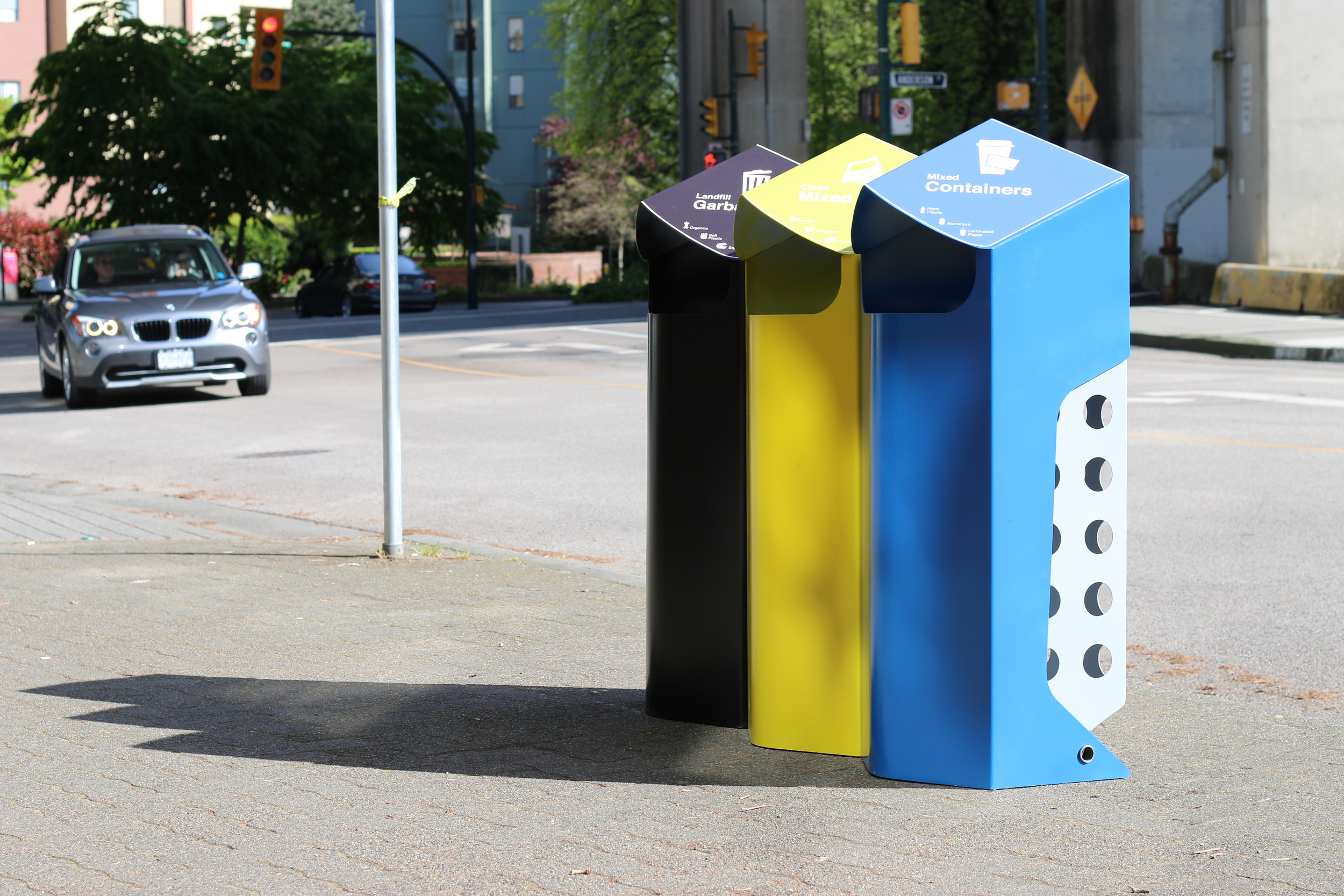
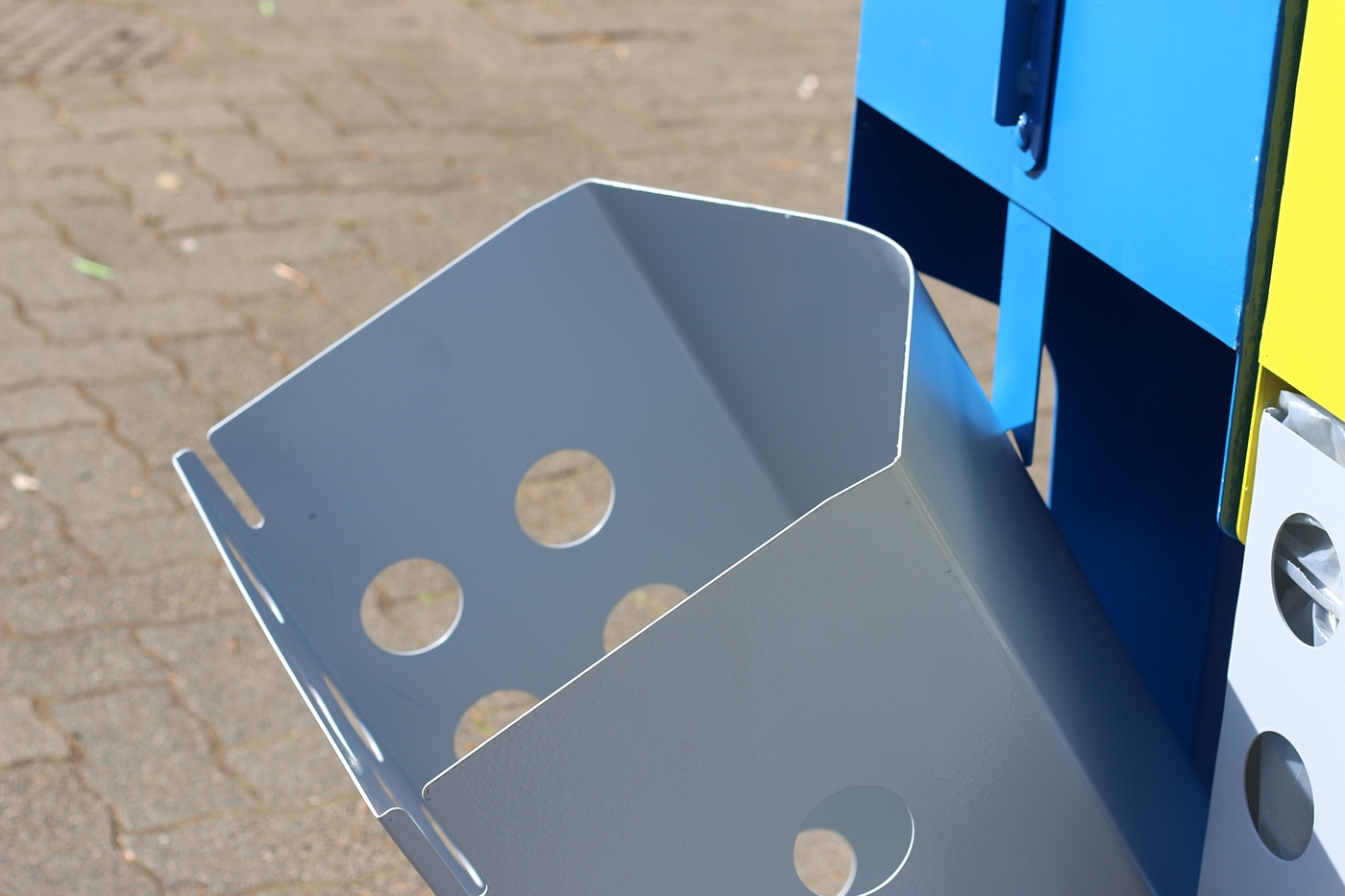
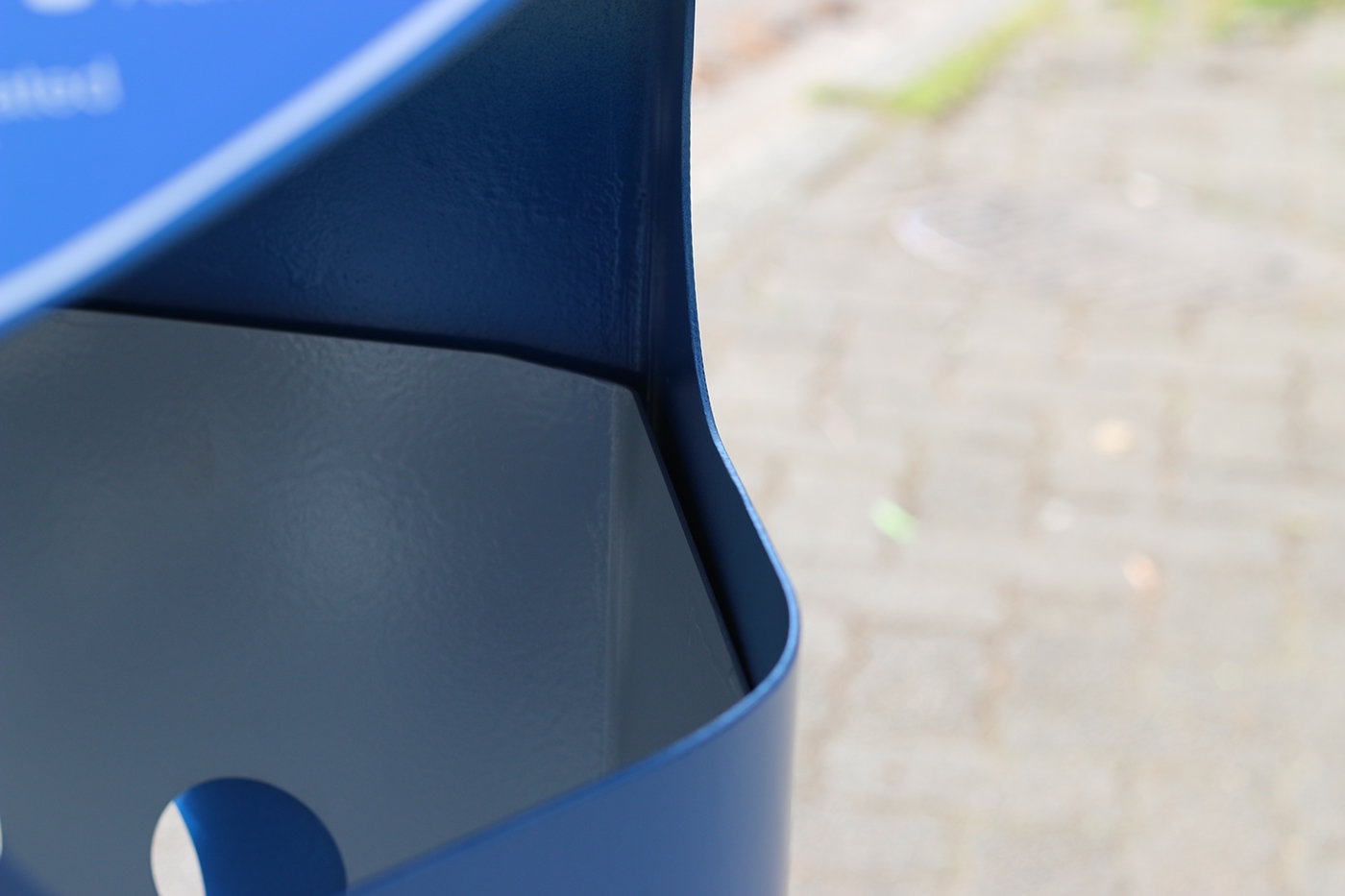
When designing for citizens, municipalities often focus on the back end infrastructure of services while ignoring the user experience. This can lead to a lack of engagement by citizens and improperly used services. Contemporary issues facing cities today such as waste reduction, and other challenges associated with living in a dense urban core, reinforce the need for a drastic change in the way that people live, work and co-organize as supported by their local government.
People in public spaces are on the go and in motion. The recycling station should reflect that mindset and spacial relationship. What would it look like to make the graphics visually available to the user as they are approaching, and not stopped and facing the station head on? This diagram illustrates the beginning the idea.
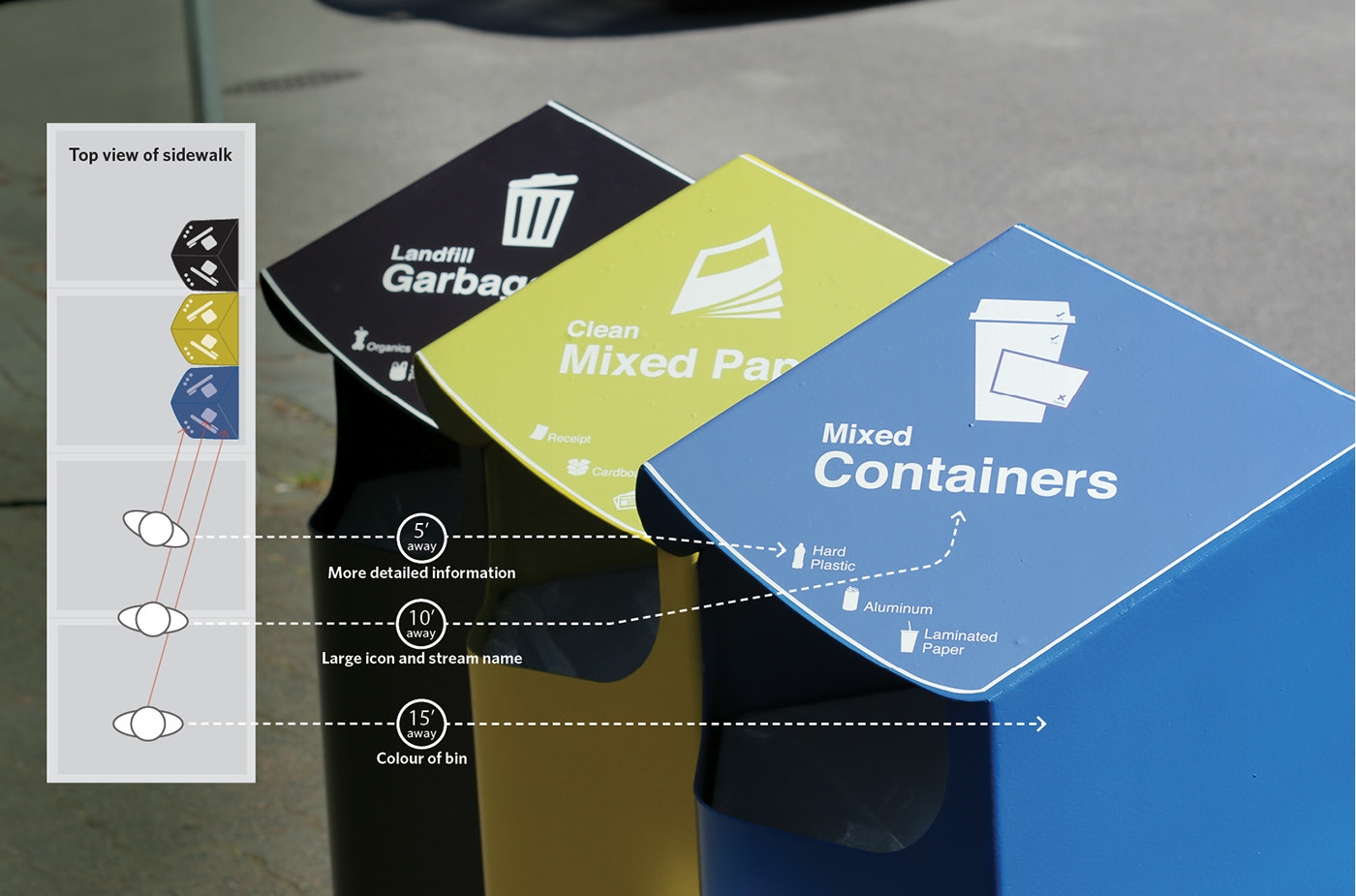
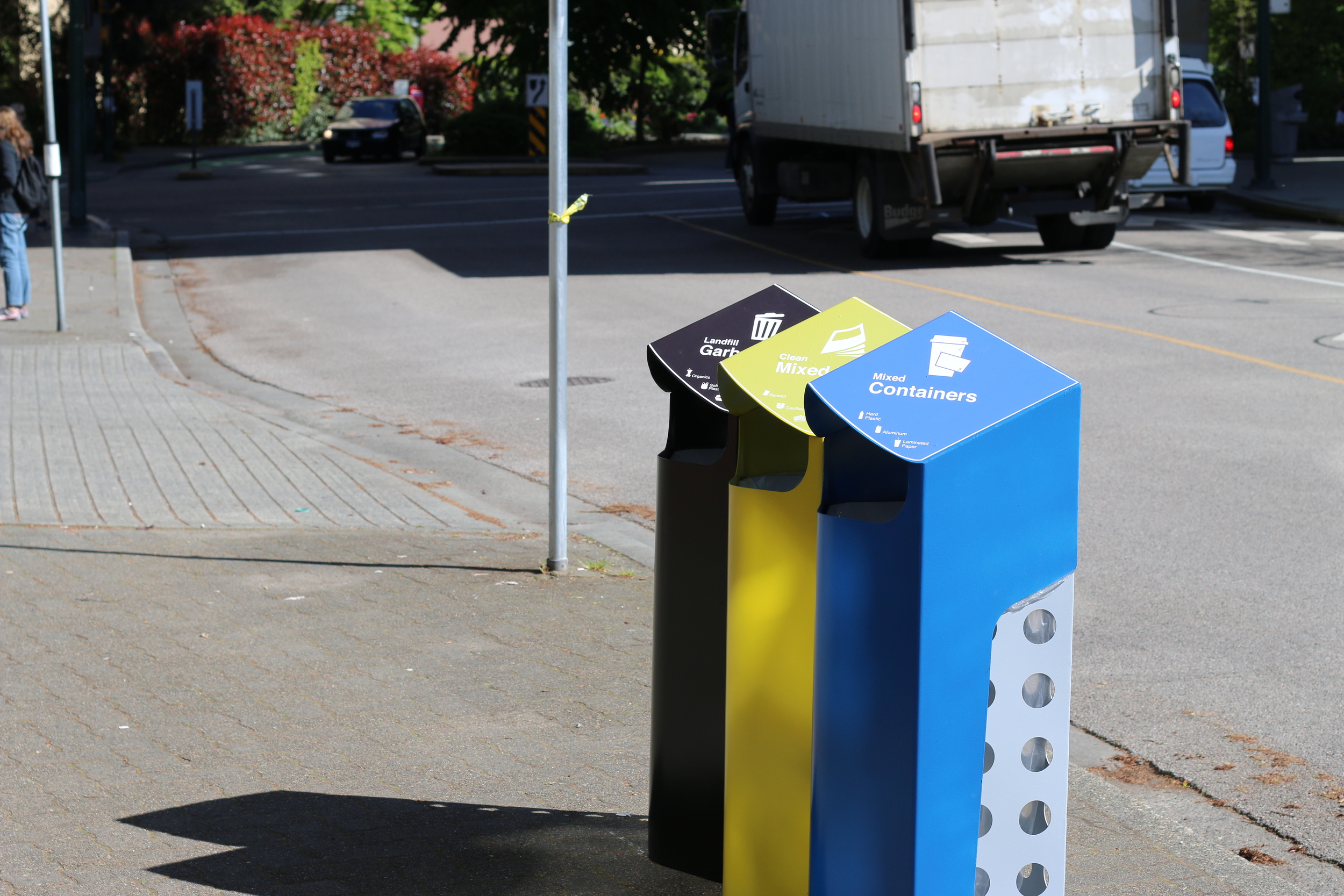
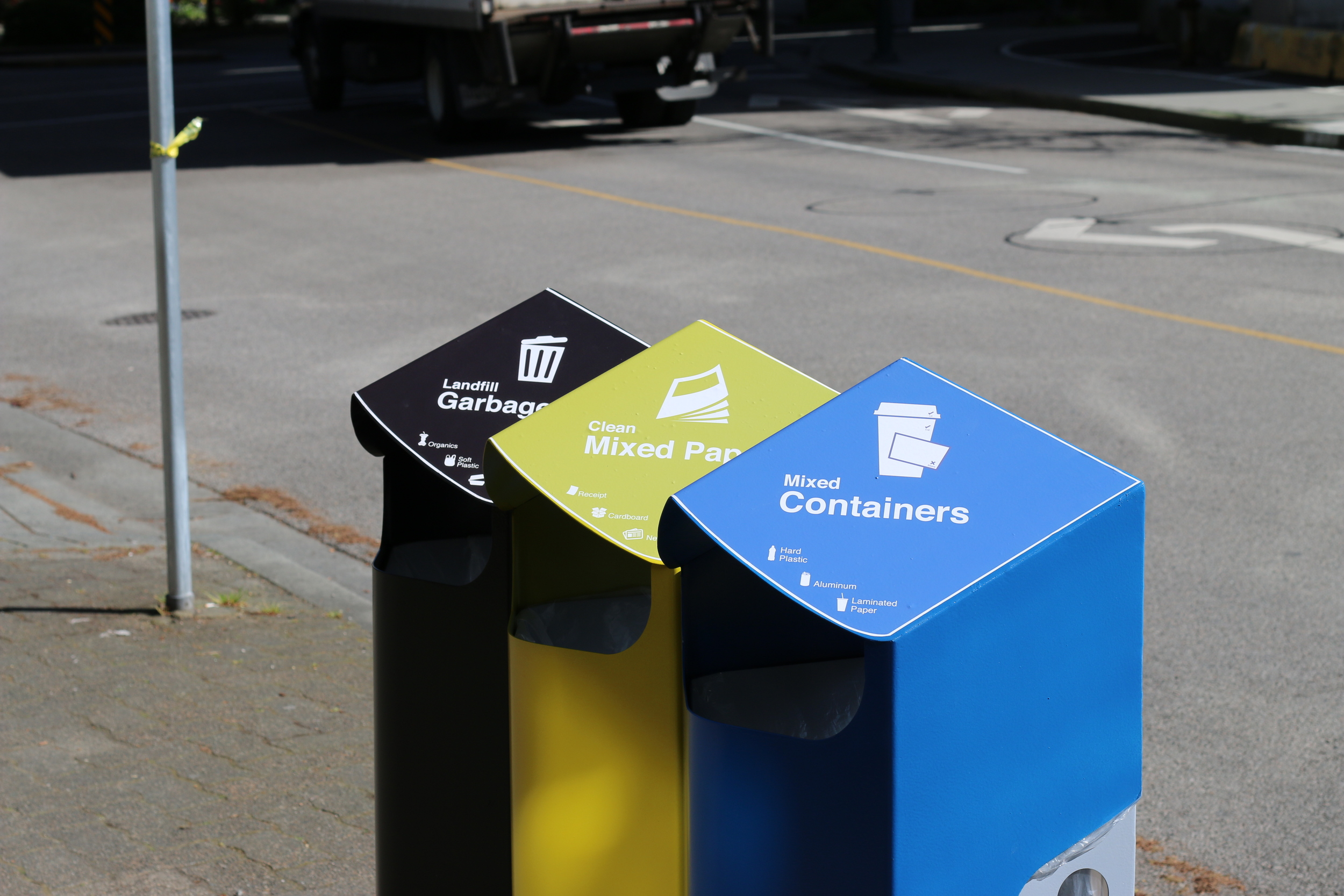
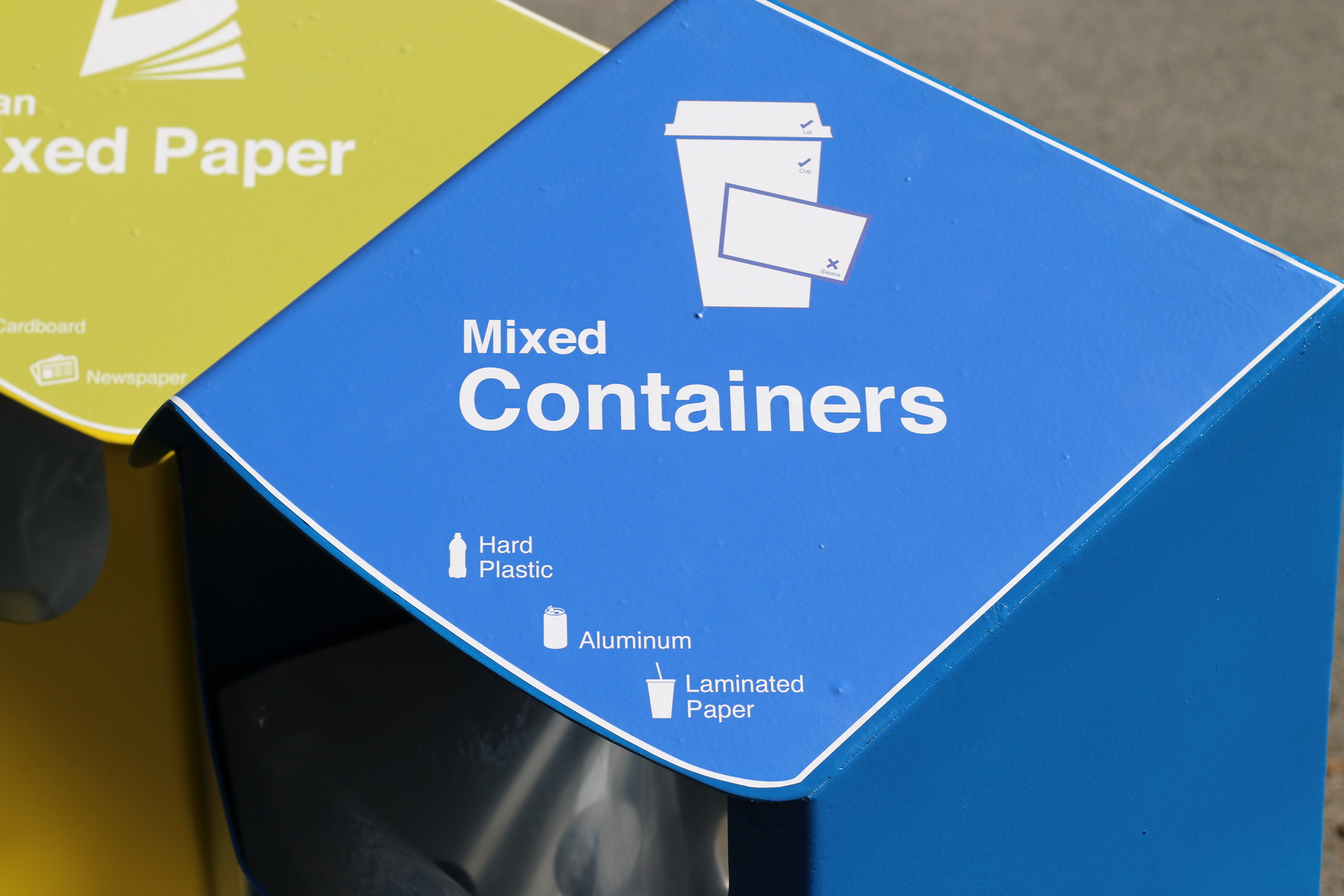
I am creating graphics that engaged the user from different distances as they approached the recycling station. This means that there is one large central icon that can be seen from far away, with secondary smaller icons that are viewed from closer up. Visually priming the user allows them to begin to make their decision about where they are placing an item in the recycling stream before they actually arrive at the station. This way the user doesn’t have to spend extra time stopping, thinking and worrying about their decision.
I had the opportunity to interview, observe and take notes on the service workers routines. The repetitive motion of their work includes emptying up to one hundred garbage cans in a day. This means that ergonomics have a huge factor to play in the design. While one of the workers was lining a garbage can they had emptied with a new bag, they propped it up in order to create a more ergonomic angle to put in the new bag liner, rather than it being straight up and down.
The service workers have to get in and out of the vehicle that they are driving to check and see if a bin needs emptying. They are limited by not being able to see inside the bins to know how full or empty they are. I resolve this issue by placing holes on the back side of the container, in combination with clear bags. This allows the service workers to see how full the container is before getting out of the truck. This way if the station doesn’t need emptying, the workers can save time and energy by not stopping, and getting out of their vehicle at that station.
When searching for a method to secure the bag, the ‘belly wrapping’ technique where the bag comes over and outside the top edge of a standard bin liner, is described as the most reliable by service workers. This method usually works when there is a ‘shell’ or an aesthetic cover on the outside of the container. My goal for the design of this container is to reduce as much material as possible and keep the components as simple and strong as possible for their repeated heavy use in public. Adding an extra aesthetic shell is just another piece that can be broken or stolen.
I am designing a method to utilize the ‘belly wrapping’ bag liner technique, without having to add any extra material by creating a notch towards the back of the section of the container that hinges towards the service worker. This prevents the edge of the bag from being seen by the public, and performs the same functionality as belly wrapping.
When designing objects for public spaces, they are susceptible to being used and interacted with in unintentional ways. The most common challenge as described by municipal staff and service workers is having the recycling stations opened by people collecting refundable bottles and cans. The problem is not the fact that people are collecting cans, it is that the collectors will often leave the door mechanisms open, or leave the lid off, depending on the type of receptacle. This poses safety challenges for the public as well as the overall functionality of the station. I approach this problem by figuring out a way for the angled bin mechanism to close automatically. This is achieved by integrating a torsion spring into the hinge at the base of the bin. This way if the bin is opened by somebody other than a service worker it cannot be left open.









